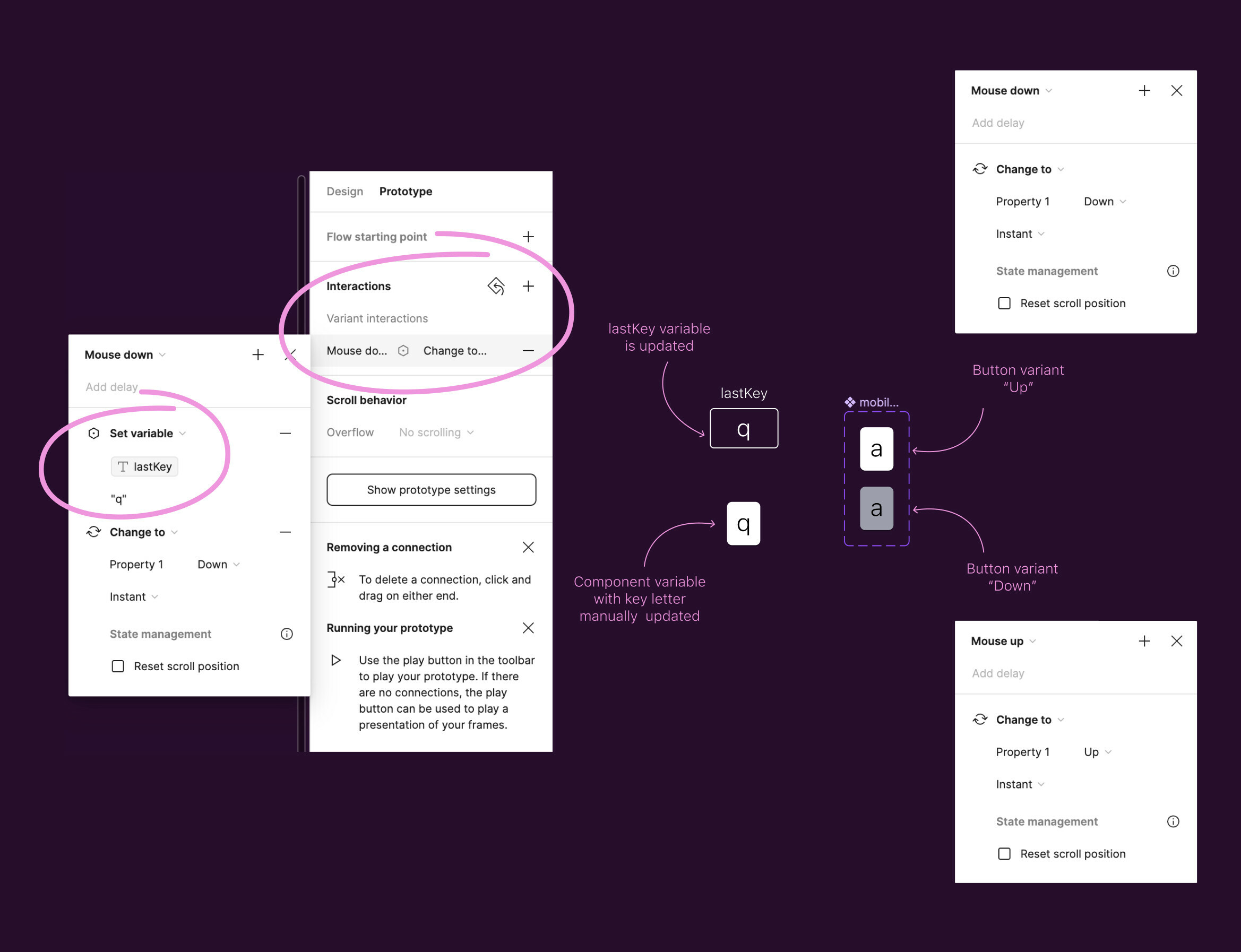I have a button component with the typical default, hover and active states for mouse over animation, nothing special. I want to click this button and:
- Navigate to a new frame
- Open an overlay on this frame.
If I map multiple On Click actions to a static element then this works. As soon as I try to map these actions onto a button component, only the first action of navigating to a new frame works. So I can’t get it to work on a hover animated button and I have no idea why this would be the case. I don’t have any conflicting actions with the danger icon on anything. Please help! Thanks.
Edit: To clarify, I even tested this with a component that had the 3 button states but didn’t have any prototyping links between the states in the component and it worked just fine. As soon as I added a link to a hover state variant the multiple On Click actions broke.


